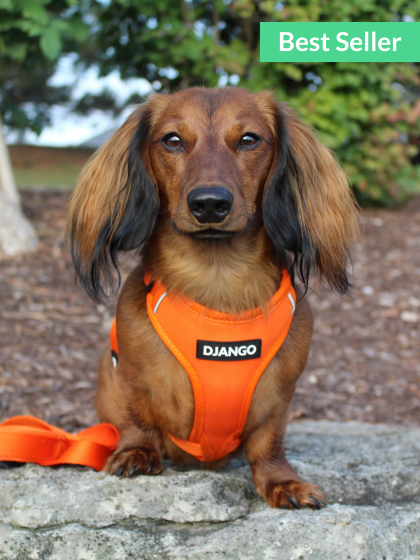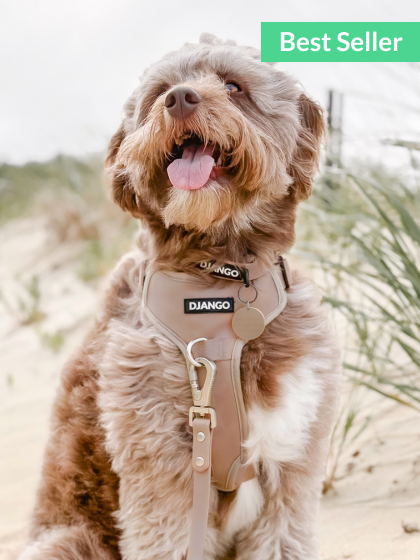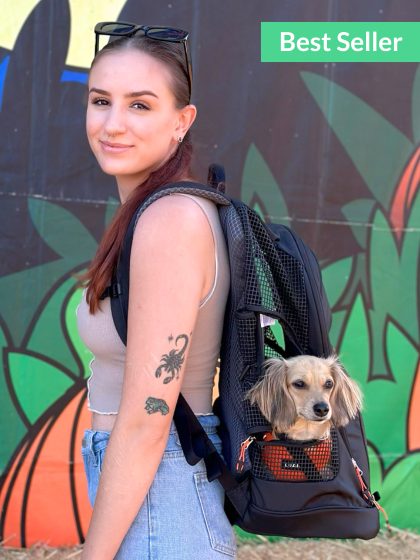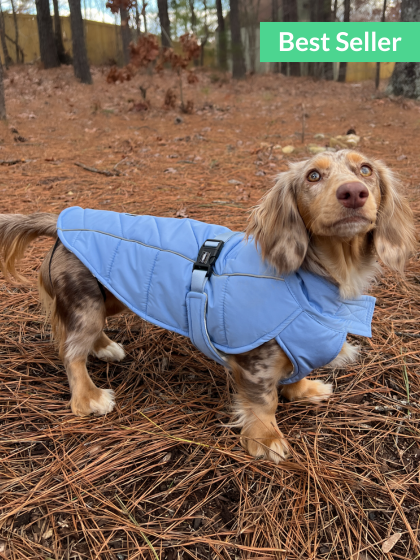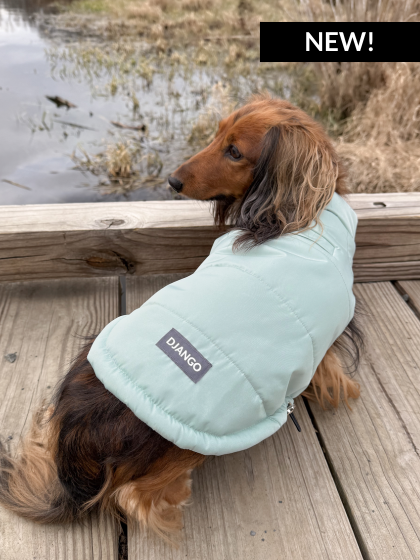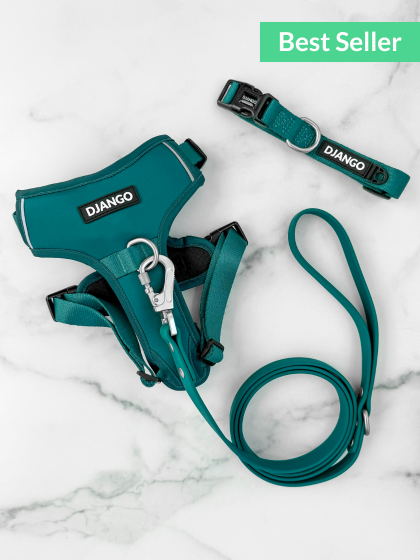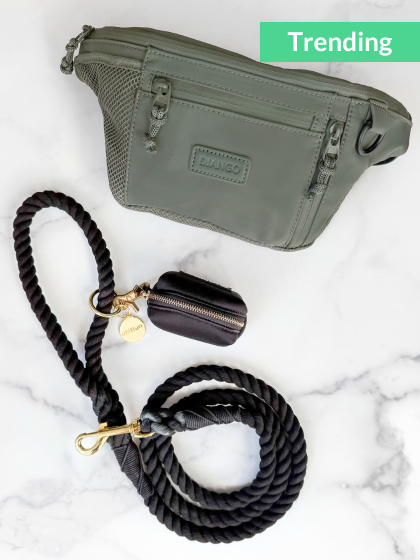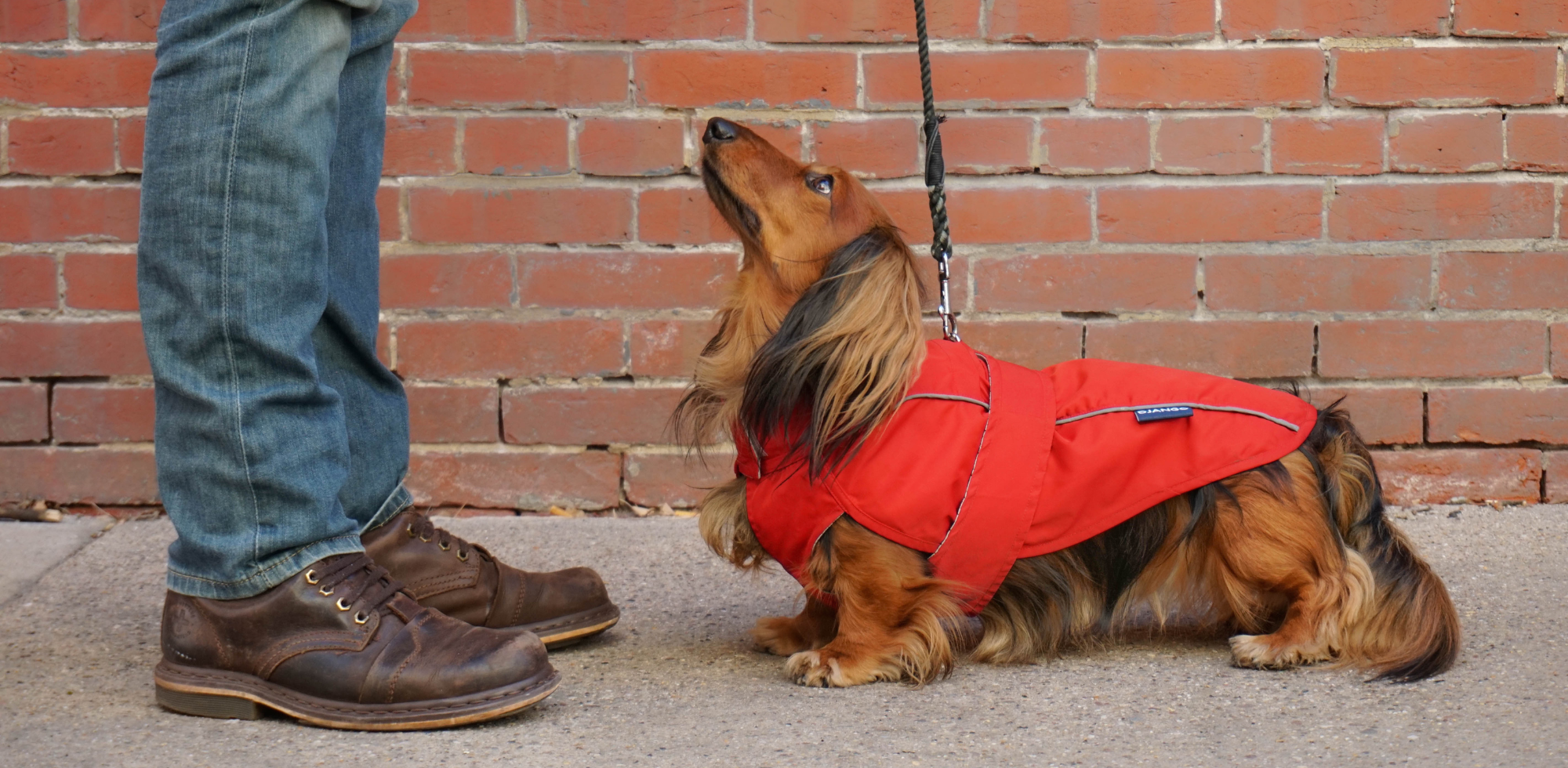Whether your pup is 10 months or 10 years old, it is never too late to prepare for the risk that he gets lost. One very common and effective tool is the pet microchip. We've done our homework and answered the most commonly asked questions about pet microchips.
What is a microchip?
A microchip is a small device that uses passive radio frequency identification technology. Passive means the device lacks a source of power and remains inactive unless powered by a scanner. The chip stores unique data and electronic circuits to encode the data.
How do pet microchips work?
Pet microchips, about the size of a large grain of rice, are implanted under the skin of your pet (usually at the back of the neck between the shoulder blades). Each microchip stores your contact information and has a unique serial number. The serial number is registered with an animal microchip database. If your pet wanders off and ends up in a shelter, the shelter will scan your pet’s microchip to pull up his contact information.
Is a microchip a type of GPS?
No. Microchips are tiny database of information. They are not geo-locators. In other words, if your pet wanders off, you cannot track his location. Rather, you must wait until someone finds your pet, scans his microchip, and contacts you.
Are there any health risks with microchips?
Pet microchips are generally considered a very safe and effective technology.
There have been less than a handful of reported instances where pets developed soft tissue tumors (sarcoma and fibrosarcoma) at the sight of the implant. Considering millions of pets are microchipped worldwide, this risk is not even one in a million.
Where do I get my pet microchipped?
Both veterinarians and animals shelters usually perform microchip services, for a fee. Occasionally animals shelters will offer services at a discount to encourage people to microchip their pets.

